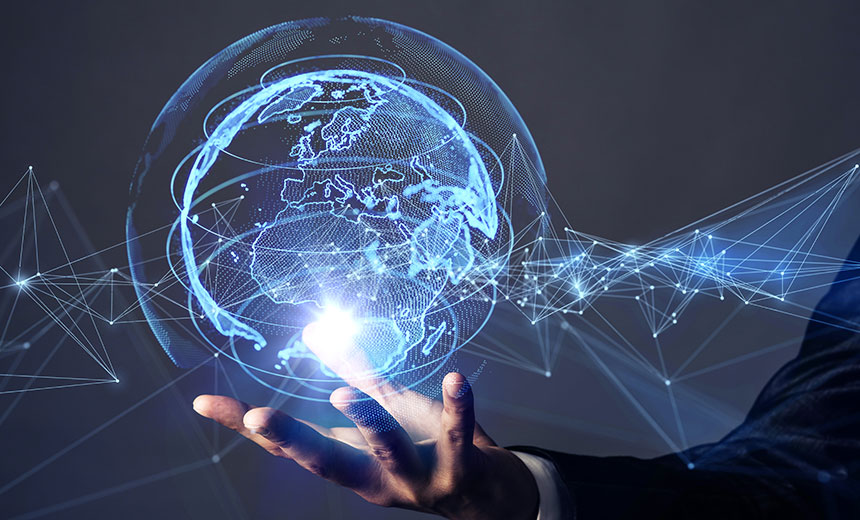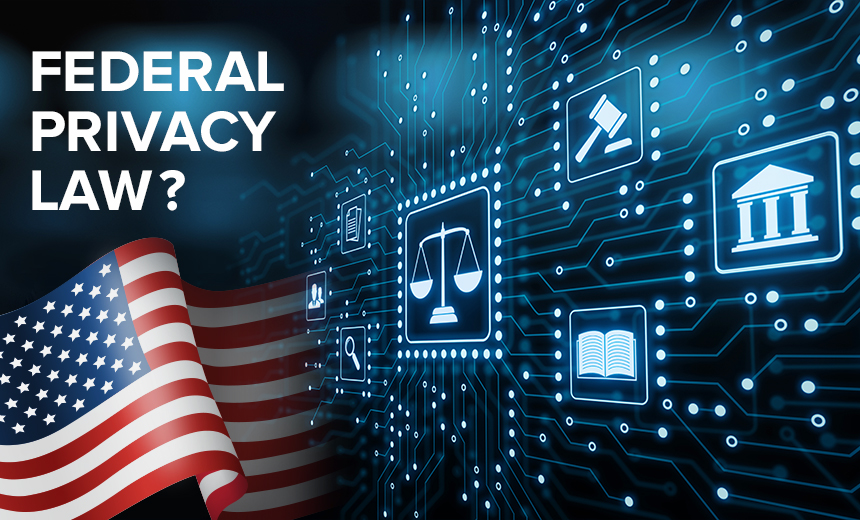Seoul to install AI cameras for crime detection

The cameras will automatically measure whether somebody is walking normally or tailing someone. It will also detect what passersby are wearing -- such as hats, masks, or glasses -- and what they are carrying with them such as bags or dangerous objects that have a strong possibility of being used to commit a crime. The cameras will also consider whether it is day or night. They will use this information to deduce the probability that a crime will take place, they claim. If the rate exceeds a certain rate, the cameras will alert the district office and nearby police stations to send personnel to the location. Going forward, Seocho and ETRI plan to analyse 20,000 court sentencing documents and crime footage to deduce crime patterns for the AI software to memorise. The cameras will be able to compare whether what is being filmed at the present matches past crime patterns. "It will work like deja vu," said an ETRI spokesperson. The AI software is still in development and the complete version will be finished by 2022, the institute said. Cameras with its capabilities will eventually be expanded to other districts in Seoul as well as other provinces, they added.
DevOps Ten Years Later: We Still Have Work to Do
The rapid pace of DevOps and agile release cycles often introduce more security bugs than the slower, siloed approaches they replace. Adding application security teams into the DevOps process may increase the learning curves/pains as most developers have little-to-no experience in application security (vulnerabilities, remediations, etc), but the end result will be fewer security issues. Any application that is "pre-DevOps" or is a third-party app gains zero benefits from DevOps. In most large enterprises, so-called "brown-field" apps comprise approximately 80% of all apps, which means there's a big burning issue of how to manage pre-DevOps/third-party apps. Runtime-based solutions including RASP bring rapid-update/remediation benefits to these classes of apps in a DevOps-like way. The compiler-based technology that Waratek has perfected allows patching, adding security rules, and even upgrading out-of-public support Java platforms in minutes, not months (or years). This eliminates the need for source code changes, production downtime, profiling, tuning, and the use of heuristics along with a lot of needless cost and performance issues.
A CISO's Security Predictions for 2020

The combination of AI and GAN technologies and the flaws inherent in all of the current technologies that leverage facial recognition to unlock smart phones, verify passport IDs and identify criminals on the street presents a rapidly growing threat, which cybercriminals will look to exploit. Extortionary deepfakes will be used to portray highly realistic videos of executives in compromising positions alongside ransomware demands tied to the threat of public domain release. Propagandized deepfakes will abound throughout the 2020 election cycle and be leveraged to discredit candidates and propel misrepresentations of truth (lies) to micro-targeted segments of voters via social media. Audio and video deepfakes will enhance the credibility of business email compromise attacks and lend an even more convincing air of authenticity to money transfer requests. And it won't take a hacking genius to pull these off. In fact, anyone can leverage AI to build convincing deepfakes without expertise in technology. Machine-learning websites available today can accept uploaded audio and videos and return deepfakes based on specific scripts.
How classroom technology is holding students back
Some studies have found positive effects, at least from moderate amounts of computer use, especially in math. But much of the data shows a negative impact at a range of grade levels. A study of millions of high school students in the 36 member countries of the Organisation for Economic Co-operation and Development (OECD) found that those who used computers heavily at school “do a lot worse in most learning outcomes, even after accounting for social background and student demographics.” According to other studies, college students in the US who used laptops or digital devices in their classes did worse on exams. Eighth graders who took Algebra I online did much worse than those who took the course in person. And fourth graders who used tablets in all or almost all their classes had, on average, reading scores 14 points lower than those who never used them—a differential equivalent to an entire grade level. In some states, the gap was significantly larger.
Bosch debuts long-range lidar sensor for autonomous vehicles

Like all lidar sensors, Bosch’s solution measures the distance to target objects by illuminating them with laser light and measuring the reflected pulses. It’s intended for close and medium ranges on highways and in cities, and the company claims it’ll be price-competitive with rivals, thanks to economies of scale. “By filling the sensor gap, Bosch is making automated driving a viable possibility in the first place,” said Bosch management board member Harald Kroeger in a statement. “We want to make automated driving safe, convenient, and fascinating. In this way, we will be making a decisive contribution to the mobility of the future.” The lidar sensor will slot alongside the six-antennae LRR4 radar in Bosch’s ever-expanding perception portfolio. The LRR4 features a detection range of 250 meters and can recognize up to 24 objects simultaneously. But, like all radar sensors, it’s less angularly accurate than lidar as it loses sight of objects on curves. And it becomes confused if multiple vehicles are placed close to each other.
Big Data, Health Informatics, and the Future of Medicine

The ongoing convergence of emerging technologies in cloud computing, mobility, Internet of Things (IoT), machine learning, and big data analytics is currently revolutionizing the medical and healthcare industry in ways yet to be entirely understood by most practitioners, academicians, and researchers alike. The increasing availability of biomedical information and its correspondingly high growth rate is driving us quickly to the future where personalized medicine is not only possible but will significantly help to raise the global level of life expectancy in general. Today, a big data analytics lifecycle starting with data produced using machine learning and artificial intelligence-enabled genomic sequencing technologies, to intelligent data translation and correlations, and the aggregation of a possible report for clinicians, pharmacologists, and other related researchers is becoming easily accessible. The ability to be able to collect, analyze, translate, correlate and compare large amounts of data using innovative algorithms with the chance to merge all this information within a seamless cloud analytic environment for further studies is one of the fundamental driving forces for this change.
Gartner: Top 10 strategic technology trends in 2020

The democratisation of technology means providing people with easy access to technical or business expertise without extensive or expensive training. Already referred to as “citizen access”, this trend will focus on four key areas: application development, data and analytics, design, and knowledge. Democratisation is expected to see the rise of citizen data scientists, programmers and other forms of DIY technology engagement. For example, it could enable more people to generate data models without having the skills of a data scientist. This would, in part, be made possible through AI-driven code generation. The controversial trend of human augmentation focuses on the use of technology to enhance an individual’s cognitive and physical experiences. It comes with a range of cultural and ethical implications.
Tech and Advocacy: How Today’s Youth Are Speaking Out

Technology is giving us back a little bit of that feeling of an “ongoing public forum.” Young people today have the benefit of exposure to cultural and political discussions and controversies early on. Exposure to a well-rounded collection of ideas and perspectives early in life is essential for personal development. Moreover, developing resilience requires community, relationships, and a sense of shared difficulties (or even trauma). Social media and technology can provide these things under the right circumstances. The accessibility of platforms has led to an abundance of perspectives. Young people are quick to offer their views, but they also look for organizations and brands that are equally authentic about their values. Some companies even make careers out of creating advocacy-centered content for traditional and social media channels. Public advocacy is “cool” now — and so is the sharing of opinions once thought off-limits.
Will the US Get a Federal Privacy Law?

In the latest attempt at building a consensus, the House Energy & Commerce Committee recently unveiled a preliminary draft of a bipartisan consumer privacy bill. The committee is now seeking comments from privacy experts, trade associations and companies. The draft side-steps several of the most divisive issues, including whether a federal law should override state privacy laws and whether individuals should be empowered to sue companies over privacy violations. These two issues have led to months of stalled negotiations. Democrats, including Rep. Maria Cantwell, D-Wash., have argued in favor of not having a federal law supersede stronger state laws. They also favor allowing individuals to sue companies for privacy violations. Meanwhile Republicans, including Rep. Roger Wicker, R-Miss., have said they will not support a federal privacy law unless it pre-empts state legislation, such as CCPA, to create uniform rules for all to follow. They also argue against giving consumers the power to file privacy lawsuits, fearing that many frivolous litigations against companies could create an unnecessary burden.
Q&A on the Book EDGE: Value-Driven Digital Transformation
One of the most uncomfortable changes for senior leaders undergoing digital transformation is the change in performance measures. The most profound of these is the switch from internal ROI to external customer value. While this is a measurement change, it is more fundamentally a change in perspective, a change in your gut-level basis of decision making. It means the first and foremost question an executive leader asks is not "How will this impact our bottom line?" but "How will this impact the value we deliver to our customers?" ROI isn’t the objective; instead, it is a constraint. You need to make a profit to continue delivering customer value however; ROI is a business benefit (internal) but not a customer value (external). Complexity theory includes a concept called a fitness function. A fitness function summarizes a specific measure to evaluate how close a solution is to achieving a stated goal.
Quote for the day:
"Absolute identity with one's cause is the first and great condition of successful leadership." -- Woodrow Wilson
No comments:
Post a Comment